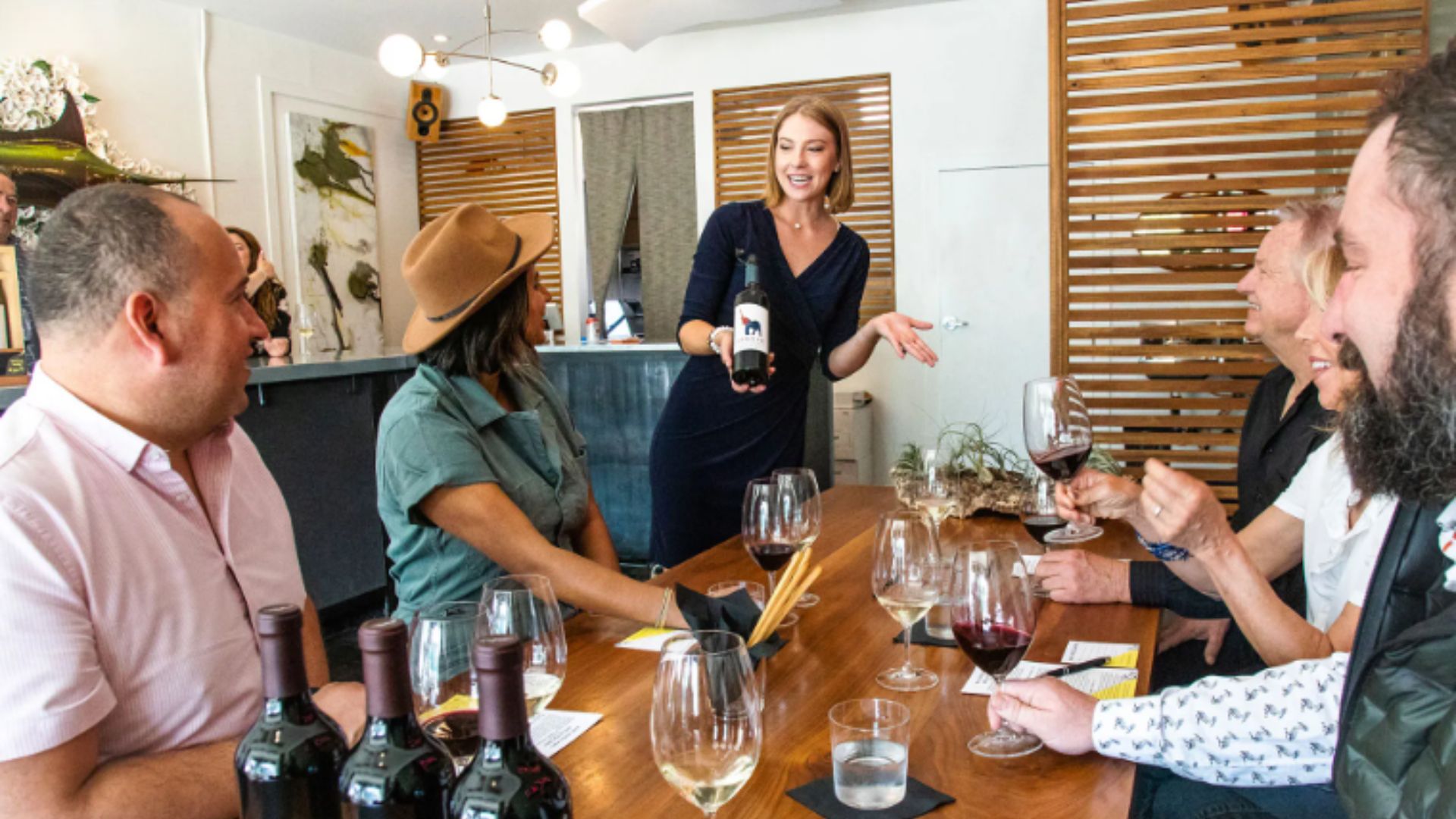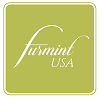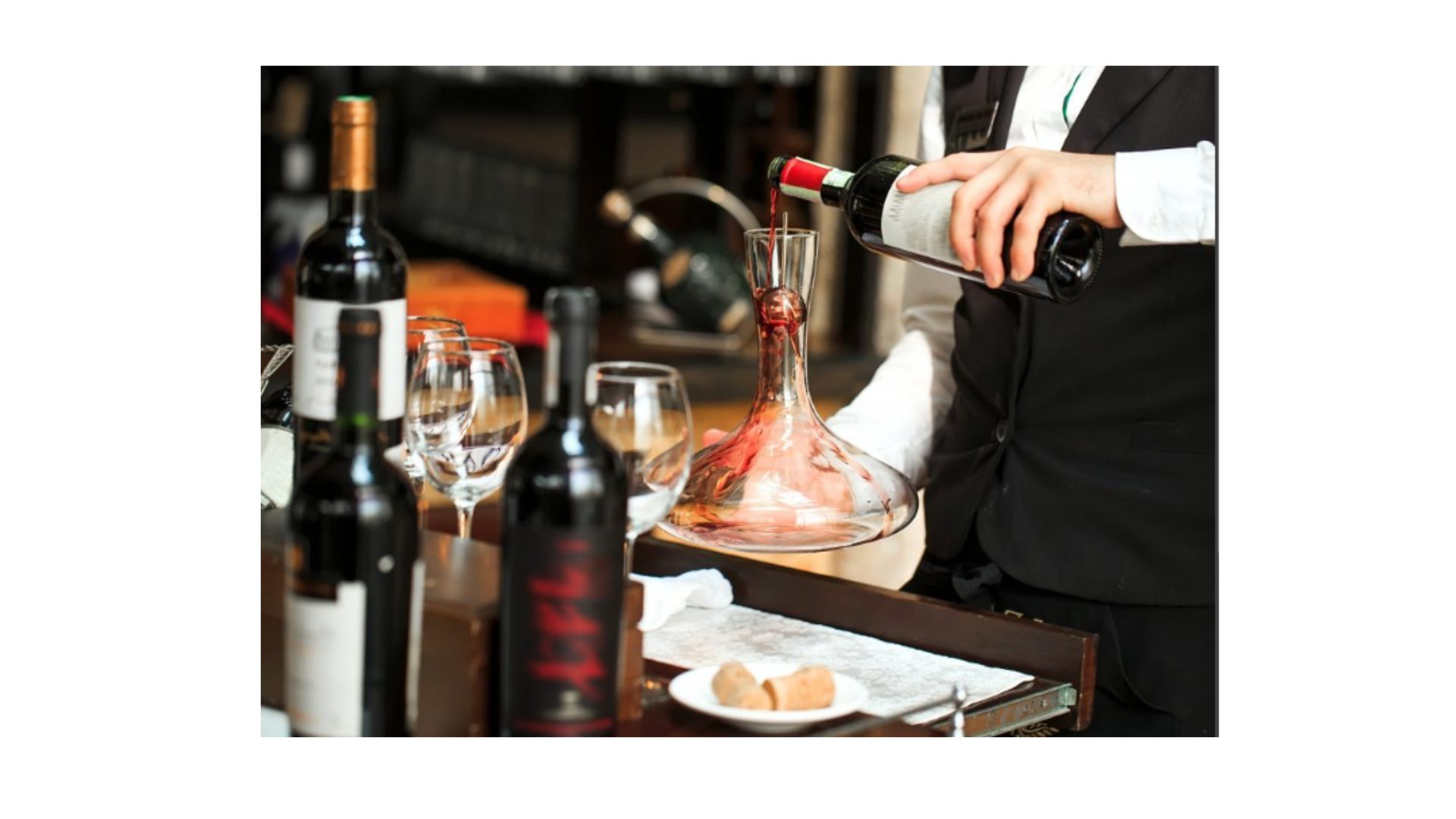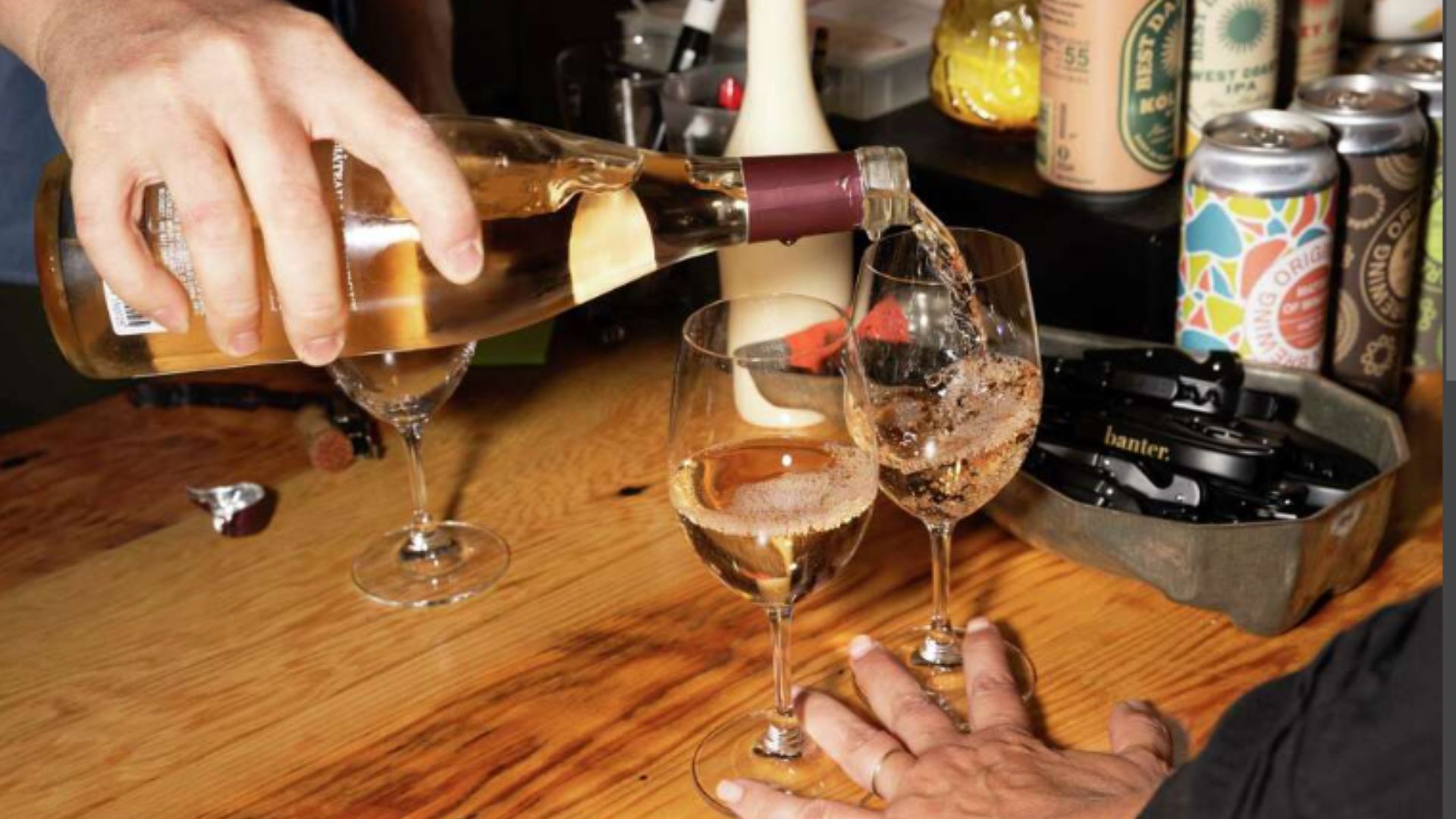Stepping into a wine bar can be intimidating, especially for beginners. Faced with a seemingly endless list of unfamiliar names and daunting choices, you might wonder where to start. Fear not, aspiring wine connoisseur! Wine sampling at a bar can be a fun and educational experience, and this guide will equip you with the knowledge and confidence to navigate your next wine adventure.
What is Wine Tasting?
Wine sampling is the sensory evaluation of wine. It involves using your sight, smell, and taste to appreciate the wine’s unique characteristics. Experienced tasters can identify specific grape varieties, regions, and even vintages based on these sensory cues. However, for beginners, the focus should be on simply enjoying the experience and learning to distinguish between basic taste profiles.

Choosing Your First Sip
Firstly, wine bar menus can be extensive, featuring an array of wines from various regions and grape varieties. Don’t be discouraged! Here are some tips for navigating the wine list:
Start with what you know
If you have a preferred type of wine, like red or white, begin there. Many wine lists categorize wines by color, making it easier to find your starting point.
Embrace the staff’s expertise
Wine bar staff are passionate about wine and eager to help. Therefore, don’t hesitate to ask for recommendations based on your preferences. Also, tell them if you prefer something light and fruity or bold and full-bodied. They can suggest wines that align with your taste and budget.
Consider food pairings
If you plan to enjoy a meal with your wine, consider food pairings. Adding on ,many wine bars offer suggestions alongside their wine lists, or the staff can recommend wines that will complement your chosen dish.
Embarking on the Tasting Journey
Now that you’ve chosen your wine, it’s time for the fun part – the tasting! Wine tasting follows a simple yet effective approach:
The Look
Begin by holding your glass up to the light. Furthermore, observe the wine’s color and clarity. Red wines can range from deep ruby to pale garnet, while white wines can vary from pale yellow to golden. Look for any cloudiness or sediment, which can indicate a faulty wine.
The Swirl
Gently swirl the wine in your glass. Moreso, this helps aerate the wine, releasing its aromas. Watch how the “legs” or streaks of wine form on the inside of the glass as you stop swirling. These can offer clues about the wine’s alcohol content and viscosity.
The Smell
Take a deep sniff of the wine. What aromas do you detect? Common aromas in red wines include blackberry, plum, and spice, while white wines might offer scents of citrus, apple, or floral notes. Don’t be afraid to stick your nose right in the glass!
The Sip
Take a small sip of the wine and swish it around your mouth. Let the wine coat your entire palate, paying attention to the different taste sensations. Is it sweet, dry, acidic, or tannic? What flavors come through? Some common descriptors include fruity, earthy, oaky, or mineral.
The Savor
After swallowing the wine, take a moment to let the flavors linger. How does the aftertaste compare to the initial taste?
Expanding Your Wine Knowledge
Wine tasting is a continuous learning process. Additionally, as you gain experience, you can start to explore more nuanced aspects of wine:
Grape Varietals
Different grape varieties produce wines with distinct characteristics. Also, learn about popular grape varieties like Cabernet Sauvignon, Chardonnay, Pinot Noir, and Sauvignon Blanc, and how they differ in taste and aroma.
Wine Regions
The climate and soil conditions in a wine region significantly impact the final product. Explore famous wine regions like Napa Valley, Bordeaux, and Tuscany, and discover how their wines differ.
Food Pairing
Experiment with pairing different wines with various foods. Certain wines complement specific flavors better than others. Learning about food pairings can elevate your dining experience.
Conclusion
In conclusion, wine sampling at a bar is a chance to explore new flavors, learn about different wines, and socialize in a relaxed setting. Don’t be afraid to ask questions, experiment with different wines, and most importantly, have fun! Therefore, the more you taste, the more you’ll develop your palate and discover the world of wines waiting to be explored. So, raise a glass, embrace the journey, and enjoy the delicious world of wine!




